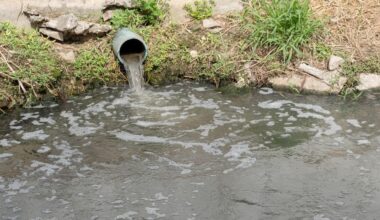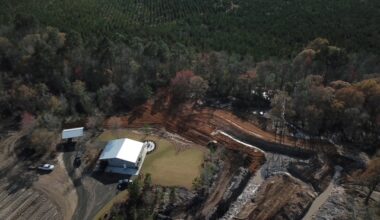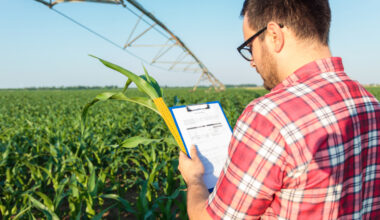Irrigation is an essential aspect of agriculture that enables farmers to provide water to crops and plants in dry conditions. It helps to ensure the growth and survival of crops, increase yield, and maintain soil moisture levels. There are three main types of irrigation systems that are widely used in agriculture: surface irrigation, sprinkler irrigation, and drip irrigation.
Surface Irrigation:
Surface irrigation is the oldest and most traditional form of irrigation. In this system, water is distributed over the land in a controlled manner, either by gravity flow or pumping. The water is then absorbed by the soil and reaches the roots of the plants. There are several types of surface irrigation methods, including flood irrigation, border irrigation, and furrow irrigation. Flood irrigation involves filling a field with water, which is then allowed to soak into the soil. Border irrigation involves watering the edges of a field, while furrow irrigation involves watering the land by creating narrow furrows or channels that run between crops.
Sprinkler Irrigation:
Sprinkler irrigation involves using a system of pipes and nozzles to distribute water over a field. The water is released from the nozzles under pressure and then sprays into the air, falling onto the plants like rain. This system is often used for crops that require a large amount of water, such as corn and alfalfa. It is also ideal for areas with sloping or uneven terrain, as the water can be distributed evenly over the field. There are several types of sprinkler irrigation systems, including stationary sprinklers, traveling sprinklers, and impact sprinklers.
Drip Irrigation:
Drip irrigation is a highly efficient method of watering crops that involves delivering water directly to the roots of the plants. It is done using a system of tubes, emitters, and filters that release water slowly and steadily. This system is ideal for crops that require a constant and consistent water supply, such as fruits, vegetables, and ornamental plants. The water is delivered to the plants at a slow rate, which minimizes water waste and ensures that the plants receive the right amount of water. There are two main types of drip irrigation systems: micro-irrigation and subsurface drip irrigation. Micro-irrigation delivers water to the plants through emitters located near the roots, while subsurface drip irrigation involves delivering water to the roots through tubing that is buried beneath the soil.
In conclusion, each of these three main types of irrigation systems has its advantages and disadvantages. Surface irrigation is the simplest and most traditional method, but it can lead to water waste and soil erosion. Sprinkler irrigation is ideal for crops that require a large amount of water and for uneven terrain, but it can be costly and energy-intensive. Drip irrigation is the most efficient and water-saving method, but it requires specialized equipment and can be expensive to install. Ultimately, the choice of irrigation system will depend on the type of crops being grown, the climate and weather conditions, the soil characteristics, and the resources available.






